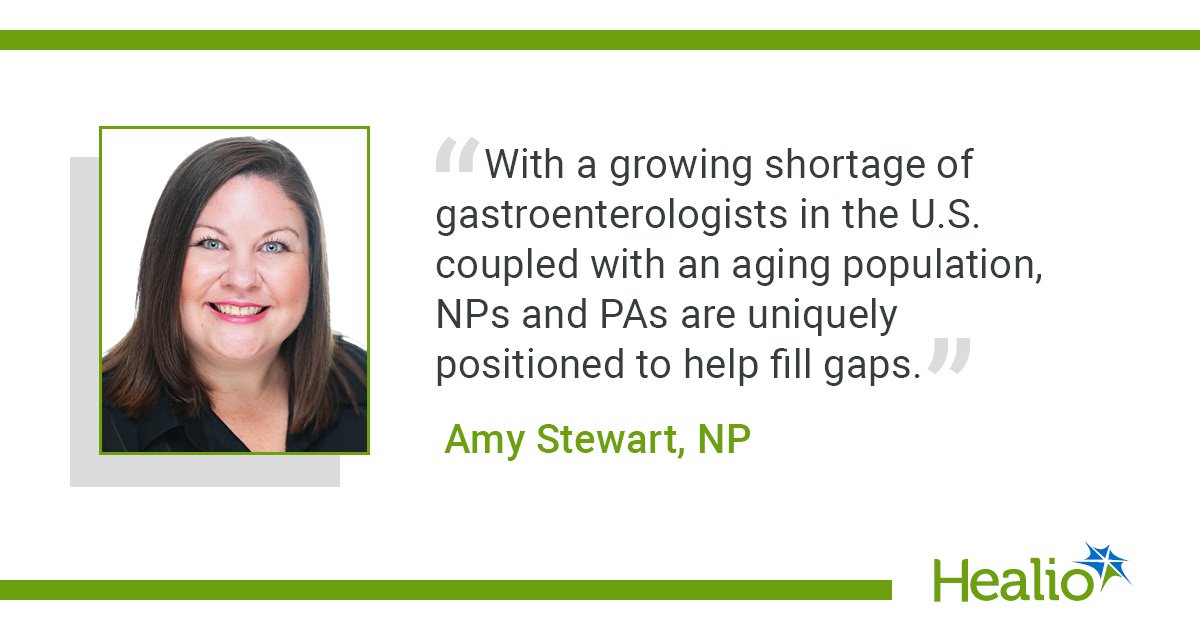August 04, 2025
3 min read
Key takeaways:
- The days of passive reactive management have passed; it’s time to be proactive.
- Patients may be able to add allergens to their diets with immunotherapy.
- Omalizumab can protect against accidental exposures.
Editor’s Note: In Healio Allergy/Asthma’s column, “Food Allergy: Fact vs. Fiction,” Douglas H. Jones, MD, breaks down what’s true and what’s myth for a variety of topics related to food allergies. If you have a question that you would like answered in this column, email Jones at rmaaimd@gmail.com or Richard Gawel at rgawel@healio.com.
Food allergy management is shifting from passive strategies — such as avoidance, carrying epinephrine and hope — to proactive interventions.

Most patients and families are aware of strict avoidance and emergency plans. But today, evidence-based tools like oral immunotherapy, sublingual immunotherapy (SLIT) and omalizumab (Xolair; Genentech, Novartis) offer new hope for those burdened by food allergy.
It is time to move to meeting patients where they are so they can be guided to where they want to go. There is no reason a patient should not have at least one of these treatments available to them in today’s world, no matter where they live.
Of note, treatment options should be discussed, at length, with an allergist who has expertise in the nuance of food allergy.
Desensitization through exposure
OIT involves the daily ingestion of small, controlled amounts of a food allergen such as peanut, milk or egg with incremental increases over time. The goal is to raise the threshold of reactivity so the patient can tolerate accidental exposures or eventually consume the food freely and regularly.
This approach decreases allergen-specific IgE, increases IgG4 by blocking antibodies, reduces mast cell and basophile activation and induces T regulatory cells.
Clinical phases include initial dose escalation, which is based in the clinic and highly supervised; a buildup phase with weekly to monthly dose increases; and a maintenance phase, with daily long-term dosing at home.
OIT is most effective for single food allergens, but works for multiple food allergens as well.
There is an FDA-approved product, Palforzia (Peanut [Arachis hypogaea] Allergen Powder-dnfp, Stallergenes Greer), for peanut OIT, but it is not necessary.
A vast majority of allergists use real food, according to a survey conducted by the Food Allergy Support Team, a nonprofit dedicated to the treatment of food allergies comprising more than 144 practices that conduct OIT.
Even if dosing and exposures are minimized, OIT can lead to sustained unresponsiveness. Patients can use OIT until they reach a level where they can be safe in accidental exposures, or they can progress until they can eat the food freely without restrictions on how much they consume or when they consume it.
There are risks and considerations, however. Gastrointestinal discomfort, oral itching and mild allergic reactions are common. There also is a risk for eosinophilic esophagitis. OIT requires high family commitment and adherence as well.
Safety with simplicity
SLIT delivers small amounts of allergen under the tongue, usually in liquid form, where the patient holds it for 1 to 2 minutes before swallowing it or spitting it out.
The antigen is presented via oral Langerhans and dendritic cells, promoting local and systemic immune tolerance. It has lower allergen exposures than OIT, with less risk for systemic reactions.
SLIT is less potent than OIT in raising reactivity thresholds, but it is better tolerated. It is especially helpful for younger children or families who are risk averse.
The use of SLIT is growing among allergists. It can be done with real foods or commercial extracts (off-label). Minimal systemic reactions have been reported, and its safety profile is excellent.
Patients still need to avoid allergenic foods unless they have been using SLIT for an extended period of time and have been properly challenged by an allergist, or unless they have completed a bridge to OIT.
Biologic boost or standalone desensitizer
Omalizumab is a monoclonal antibody that binds to free IgE, preventing its interaction with mast cells and basophils. In 2024, the FDA approved it for IgE-mediated food allergy in patients aged 1 to 55 years with one or more food allergies.
It can be used as a monotherapy to increase reactivity thresholds without food dosing, although patients still need to avoid allergenic foods. It is ideal for patients with multiple food allergies, high-risk patients and families who are OIT-intolerant. Also, it has been used off-label as an adjunct to OIT.
Studies such as OUtMATCH have shown that omalizumab alone significantly raised reaction thresholds. Also, omalizumab allows simultaneous desensitization to multiple foods.
In terms of safety, omalizumab is well tolerated overall with rare risk for anaphylaxis, as with its use for asthma and urticaria. Dosing is subcutaneous, every 2 to 4 weeks, based on weight and IgE level.
The bottom line
If you are a patient or have patients with persistent food allergy — or families emotionally fatigued by the burden of avoidance — now is the time to consider immunotherapy referrals or at least begin the conversation.
With tools such as OIT, SLIT and omalizumab, allergists can help families move beyond avoidance toward empowerment, protection and improved quality of life.
Allergists now have a menu to pick from in terms of food allergy treatments and can individualize care so that the right treatment is chosen for the right patient at the right time and that decision is made jointly with the families.
Patients who are unsure where to start can go to myimmunenetwork.com.
For more information:
Douglas H. Jones, MD, FAAAAI, FACAAI, is cofounder and CEO of Global Allergy Immune Network, board certified by the American Board of Allergy and Immunology. He can be reached on Instagram @drdougjones.










